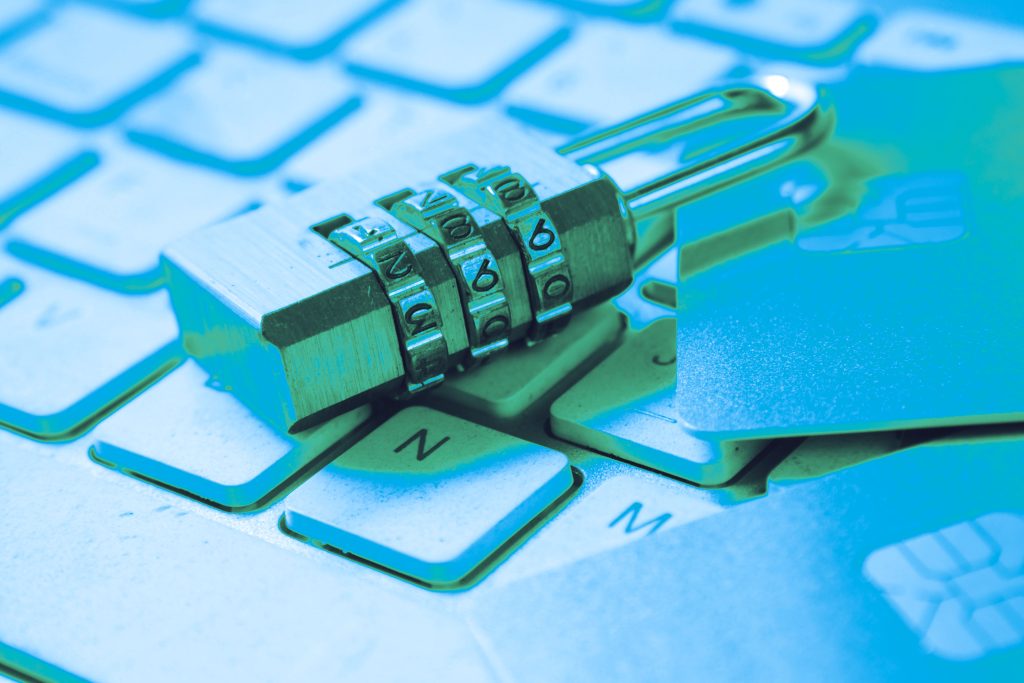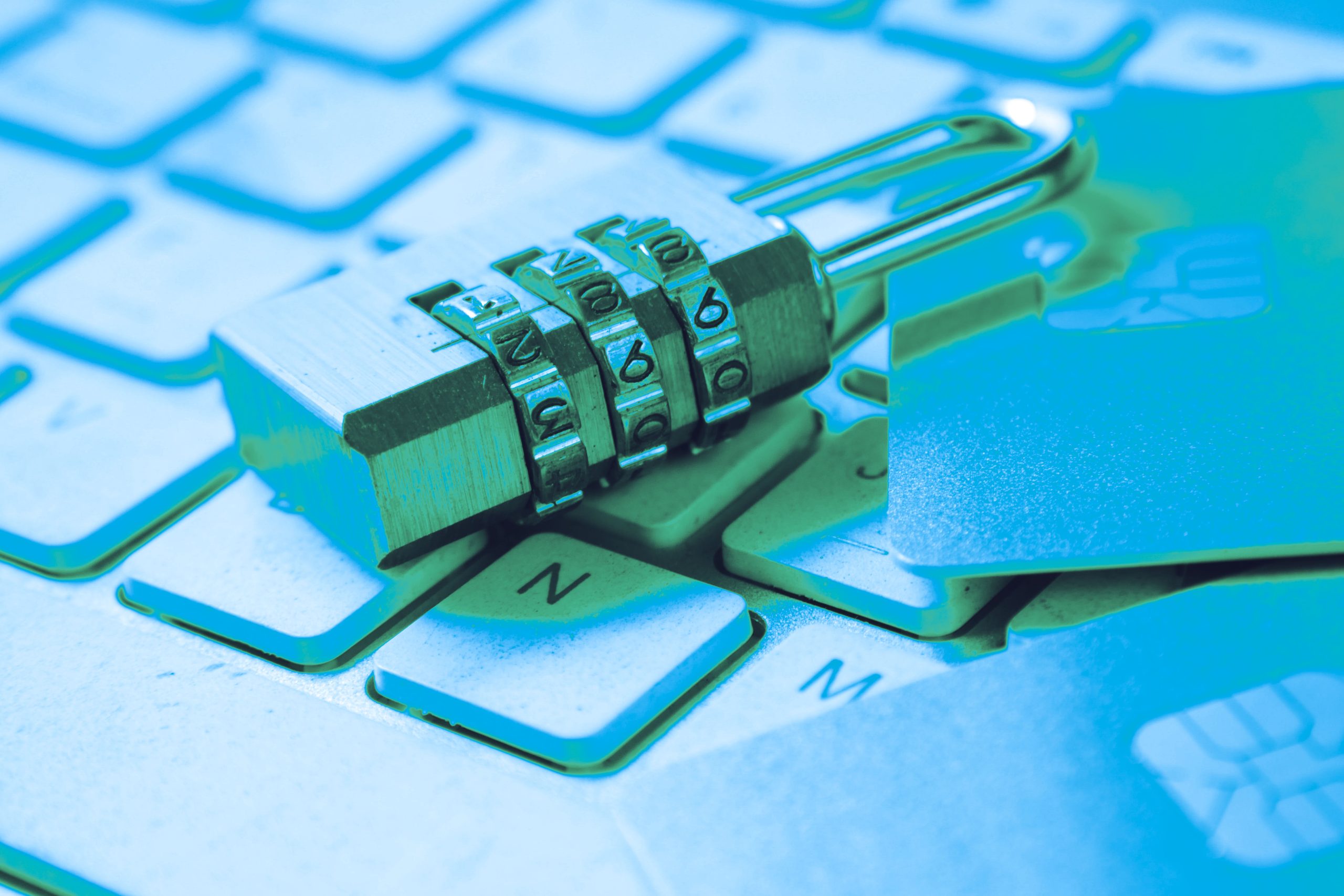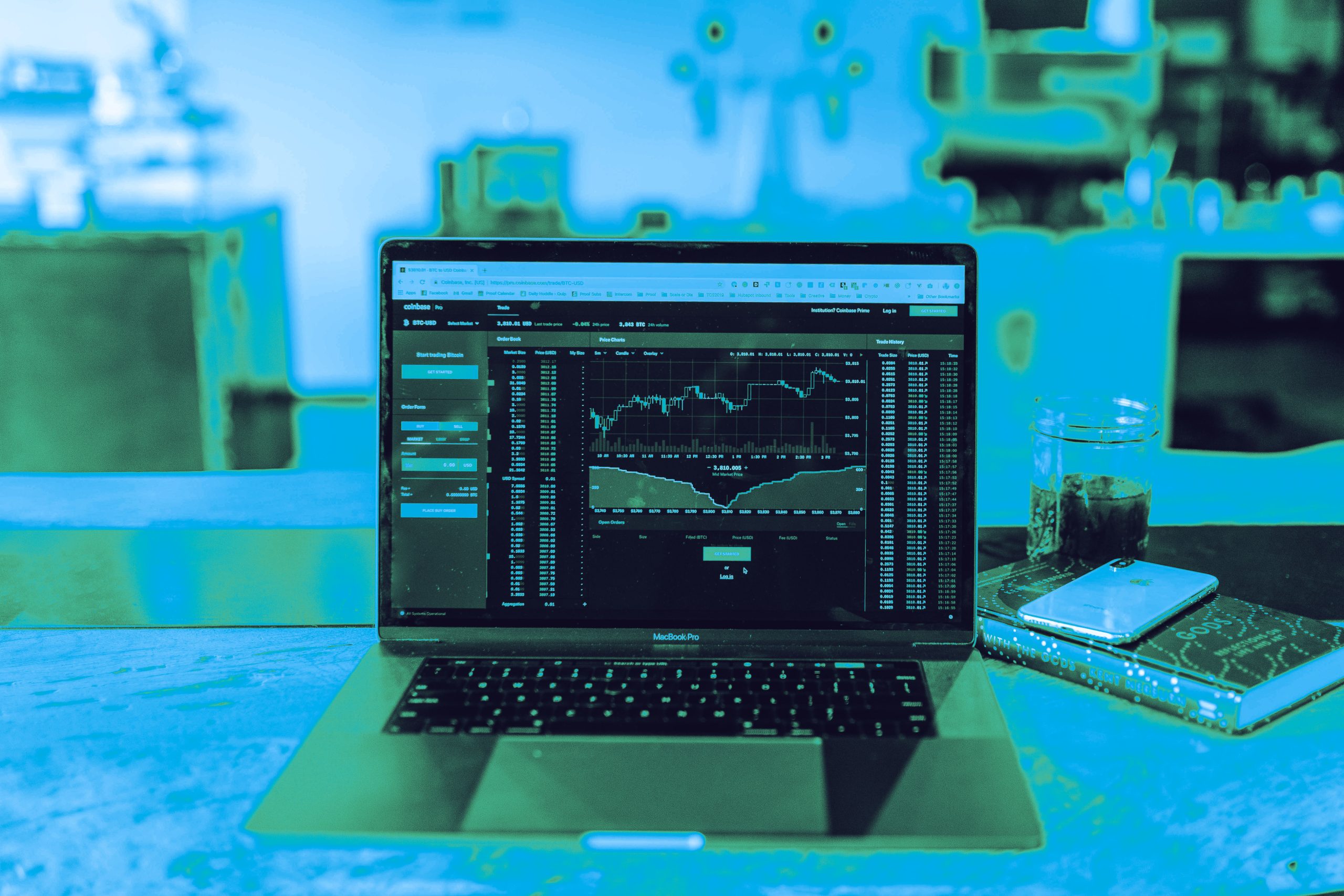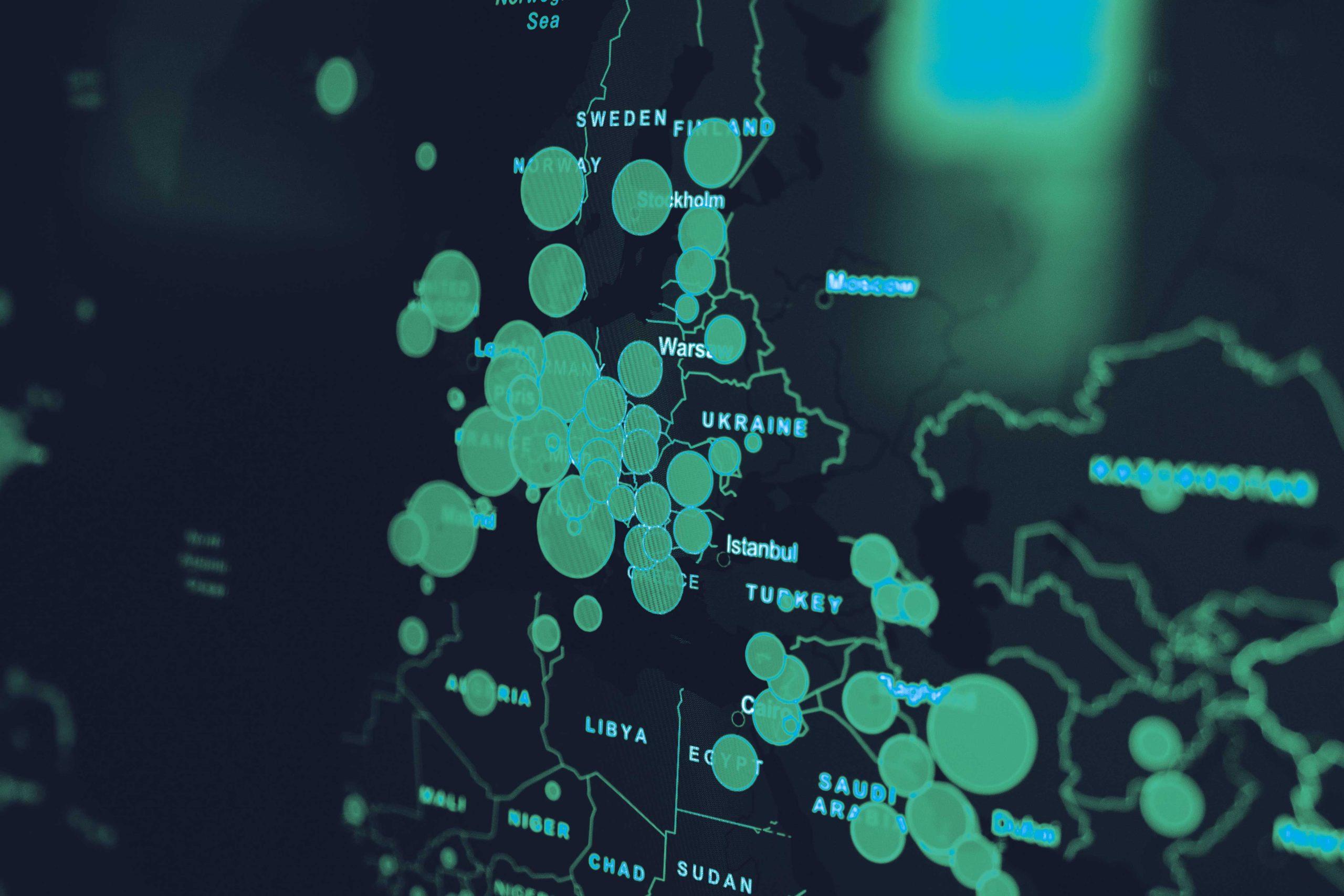APIs are a growing part of the tech industry, and impact a number of areas like Cyber Security. On Episode 20 of The Cyber Security Matters Podcast we spoke with Jeremy Ventura, who is the Director, Security Strategy & Field CISO at ThreatX, about how the rise of APIs is affecting the Cyber Security space. Jeremy has over 10 years’ experience in the Cyber Security industry, beginning his professional career as a security analyst for defence based manufacturing business radian before working his way up to his current position. He’s also the host of ThreatX’s eXploring Cybersecurity podcast, making him an experienced and informed member of the Cyber Security community. Read on for his insights on APIs.
What should a regular person know about API security and how it affects the world around them?
We use API’s every single day, but most consumers, especially if you’re not technical, won’t realise it. Let’s think about ease of use. If I want to pay a bill I’ll do it with one of the three credit cards that I have. When I’m on an app, I’m just selecting whether I want to pay with Apple Pay or my Chase Card or my Amex card, whatever it might be. Those payments are all API connections. Here’s another good one; when you call an Uber or a Lyft, they’re looking for the closest Uber in your geolocation and the fastest route. Those are all API connections that are pulling that data down. Think about your phone – when you look at the weather today in your location, that uses API connections to pull together your geolocation and the weather from different weather providers. So even though API’s are all out there, they’re pretty much hidden by design. We use API’s on an everyday basis – probably hundreds of them on a normal day.
Now, when it comes to API security, that’s where individuals need to be conscious. Just because it’s easy to use doesn’t mean it’s always secure. APIs in general are designed to connect multiple systems together and send business logic or business data. That’s not anything insecure. However, those transactions that are sent in the background sometimes can contain sensitive company information, or what we call PII, personally identifiable information. That’s things like usernames, passwords, credit card numbers, social security numbers, whatever it might be. That’s why the API security space is so hot right now, because they’re designed to send potentially sensitive data to each other. If that process or transfer is not secured properly, then we have big problems. Every individual – technical or not – needs to be aware of everything they’re putting out there on APIs. Your information is being sent to and from multiple different companies or products, which is a risk.

What is your take on the current state of the API space generally?
API’s are nothing new – they have been around for decades now. API security though is fairly new. That’s where we’re starting to see a lot of security vendors either incorporate technology that can help them in the API security space or we’re seeing a lot of big companies being completely transparent.
I think with that we’re going to see a lot of acquisitions happen pretty soon as well. That’s normal when you have hot, new emerging technologies that are solving real world problems. Why wouldn’t I want to get my hands on that if I’m the largest security vendor? This is when the market can get a little confusing, where you have a lot of different vendors saying, ‘Hey, I do API security’, but they all do it differently. My recommendation is that when you’re evaluating vendors or you’re valuing the space, make sure you’re getting tools and products and services built with that in-depth approach. No one security tool is ever going to be perfect, so it’s important to take a layered approach.
How much does AI affect API security?
AI in general is definitely affecting security. One thing I’ll be clear about is that attackers and hackers alike have been using AI for a long time. It’s actually nothing new. What’s happening now is that typical security may be a little bit behind. Now they’re starting to ask ‘how can I incorporate AI in my security tools like a security vendor? Can I incorporate AI into my products?’
An instant response company just announced that they included AI in their responses. They can create playbooks on the fly based upon the data that someone enters. Maybe I’ve experienced a phishing incident and I need to know who to contact. The AI model within that tool will actually spit out the exact task, or runbook that you need to do. If it’s used correctly, especially in security tooling, AI can definitely have an extreme power and effect for end users.
Just like anything though, AI can also create a lot of false positives. We need to be very careful about 100% relying on AI and saying ‘this is the be all and end all’, because AI isn’t right all the time. AI in general security, including API security, is definitely starting to have an effect on both the security vendor side and the end user side.
To learn more about how APIs are affecting the Cyber Security space, tune into The Cyber Security Matters Podcast here.
We sit down regularly with some of the biggest names in our industry, we dedicate our podcast to the stories of leaders in the technologies industries that bring us closer together. Follow the link here to see some of our latest episodes and don’t forget to subscribe.

















